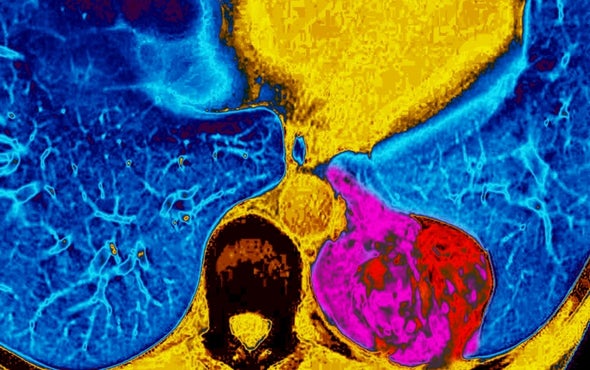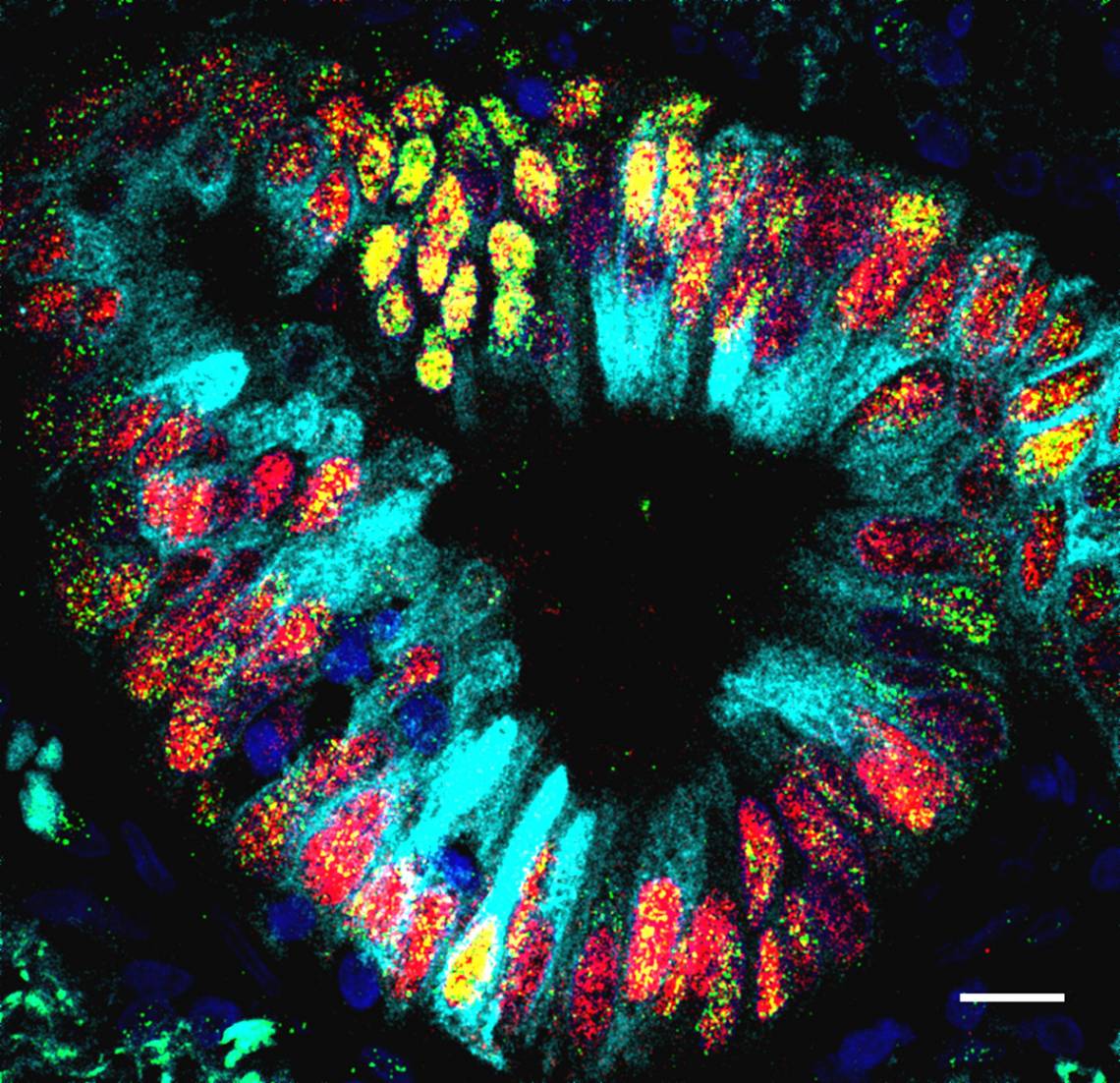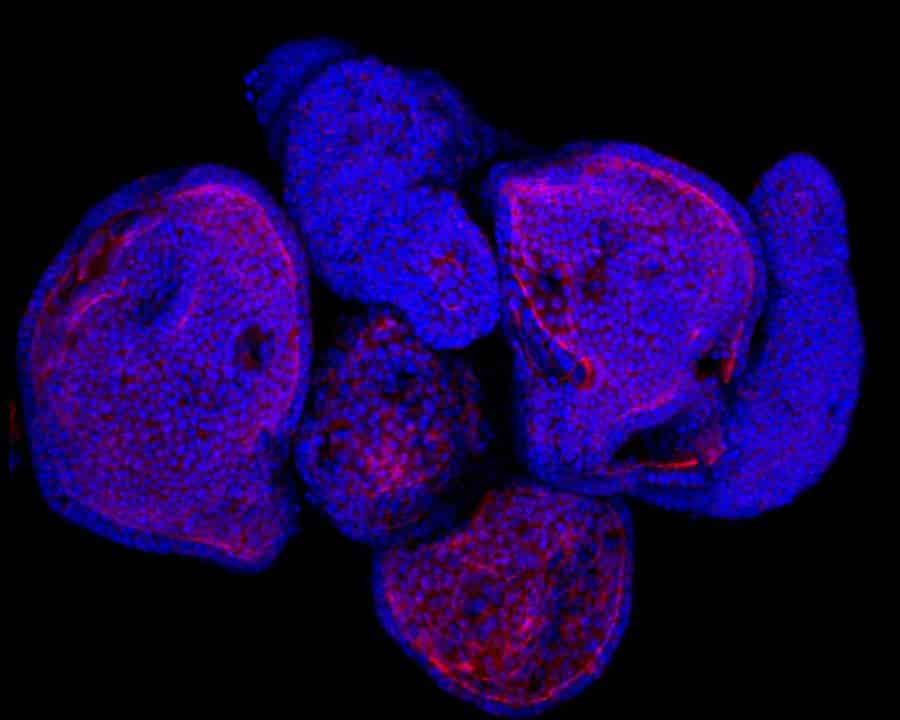Mini Digestive Tract Found inside Cancerous Cells
Duke University researchers have now discovered a miniature gastrointestinal tract embedded in a lung cancer tumour. The observed gut cells were found to be rudimentary but functional stomachs, small intestines, and duodenums growing inside cancerous lungs—illustrating how varied and plastic these metastatic cells can be.
They discovered that these cells had lost a gene called NKX2-1 that acts as a master switch, flipping a network of genes to set the course for a lung cell. Without it, the cells follow the path of their nearest developmental neighbour- the gut -much like a train jumping tracks when a railroad switch fails.
“Cancer cells will do whatever it takes to survive,” said Purushothama Rao Tata, Ph.D., lead study author and assistant professor of cell biology at Duke University School of Medicine and a member of the Duke Cancer Institute. “Upon treatment with chemotherapy, lung cells shut down some of the key cell regulators and pick up the characteristics of other cells in order to gain resistance.”

Since both lungs and gut cells come from the same progenitor cells, Tata hypothesized
, that in absence of NKX2-1, lung tumor cells would lose their lung identity and take on the characteristics of other cells. Because during development lung cells and gut cells are derived from the same parent, or progenitor, cells, it made sense that once the lung cells lost their way they would follow the path of their nearest developmental sibling.The team tested this out on animal models using mice which had NKX2-1 gene removed from their lung tissue. Under the microscope, they noticed features that normally only appear in the gut, such as crypt-like structures and gastric tissues. Amazingly, these structures produced digestive enzymes, as if they resided in the stomach and not the lung.
The researchers next activated the oncogenes SOX2 or KRAS in addition to knocking out the NKX2-1. They found that mice with the superimposed SOX2 mutations developed tumors that looked as if they belonged in the foregut; those with KRAS mutations developed tumors that resembled parts of the mid- and hindgut.

“Cancer biologists have long suspected that cancer cells could shape shift in order to evade chemotherapy and acquire resistance, but they didn’t know the mechanisms behind such plasticity,” said Tata. “Now that we know what we are dealing with in these tumors – we can think ahead to the possible paths these cells might take and design therapies to block them.”

































